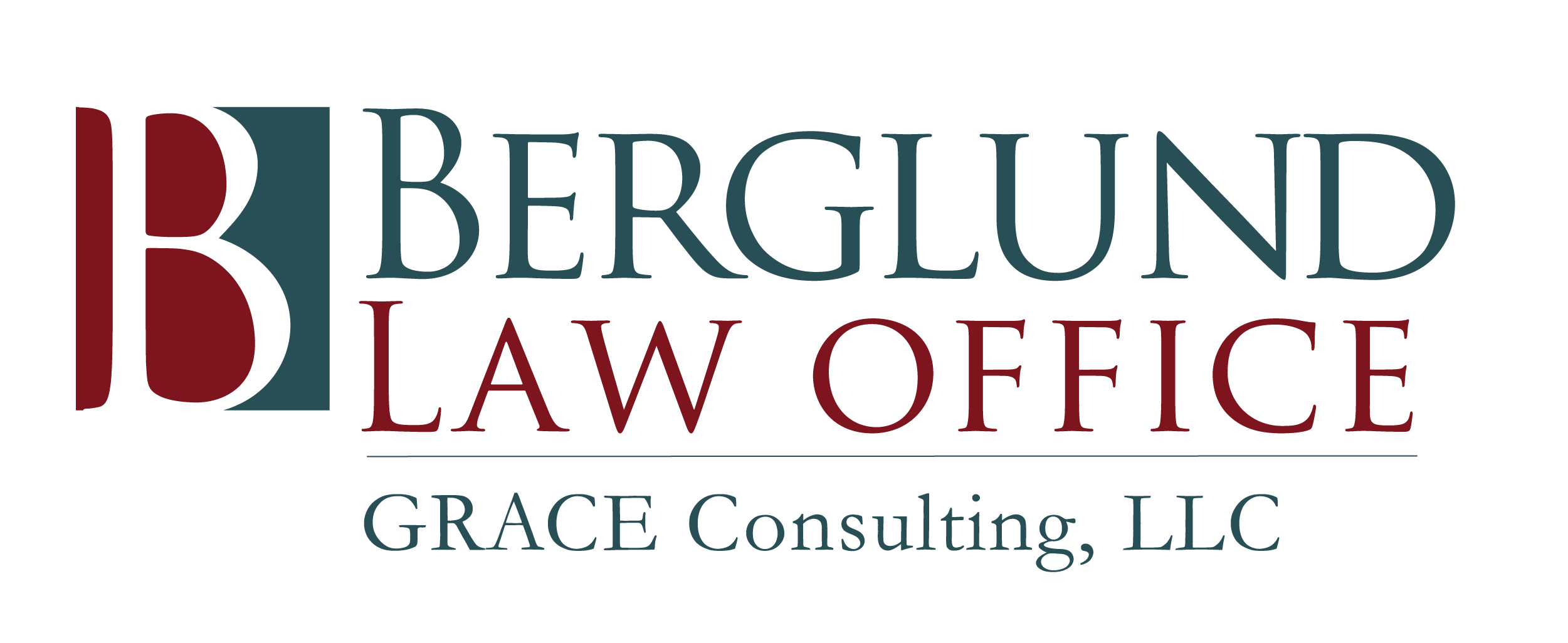
In Minnesota, married couples have potential estate tax liability when their net worth is greater than $3.0 million (for the year 2020 and beyond). Unlike the FEDERAL estate tax exemption, the Minnesota estate tax exemption is not “portable”. This means that you cannot combine a married couple’s exemptions to essentially double the estate tax threshold.
Married couples are subject to Minnesota estate tax when they cross the individual exemption amount of $3 million. If one spouse dies, and passes all of his or her assets to the survivor, the surviving spouse ends up with all of the couple’s assets, but only has one individual Minnesota estate tax exemption. Effectively, when the first spouse dies, his or her individual exemption is wasted.

If the couple does proper estate planning, however, it is possible to effectively double the exemption amount. This is accomplished by making sure both spouses use their individual Minnesota estate tax exemptions.
One of the simplest ways to achieve that goal is by including disclaimer trust provisions in your will or trust. This is a trust that can be created after the death of the first spouse. The surviving spouse has 9 months from the date of the first spouse’s death to choose whether to disclaim certain assets from the deceased spouse’s estate.
This option gives the surviving spouse the flexibility to choose whether or not to disclaim assets and the amount that best suits his or her circumstances.
A Disclaimer Trust would allow the wife to make a “qualified disclaimer” of the property she receives from her husband if adding her husband’s assets to her assets will create an estate tax liability upon her death.
By “disclaiming” her right to receive property – either partially or in full– the property can pass to a Disclaimer Trust. With proper planning, therefore, the Husband can include a provision in his will or trust which states that if his wife disclaims any interest in the property, the property passes to a Disclaimer Trust. To be effective, however, disclaimers must conform to strict statutory requirements.

If the documents are drafted properly, upon the death of the first spouse, the disclaimed assets will pass to the Disclaimer Trust and be distributed in accordance with the terms of the trust. During her life time, the wife will be able to receive income and principal from the Disclaimer Trust.
Even though the wife (technically) disclaimed these assets, the assets are really still being used for her benefit.
Disclaimer Trusts generally provide that their assets are available to the surviving spouse for his or her “health, maintenance, support and welfare.” Thus, if the couple with a $6 million estate plans properly, the surviving spouse can disclaim $3 million of the deceased spouse’s $3 million, still receive the benefit of the disclaimed assets and only have an estate of $3 million.
The Minnesota estate tax (possibly as much as $390,000 in this example) has been avoided!
Upon the wife’s death, any assets left in the Disclaimer Trust will pass to the children and escape taxation under Minnesota estate tax rules. This is because the trust assets will not be considered to be part of the wife’s taxable estate.
Estate planning using disclaimer trusts provisions provides considerable flexibility because the decision to disclaim assets or not is entirely in the surviving spouse’s control. Furthermore, the decision about whether or not to disclaim assets is made after the death of the first spouse to die. This provides the surviving spouse with an opportunity to assess his or her financial needs as well as the current state of the estate tax law before making the decision.

Assuming that you want to avoid or minimize Minnesota estate tax, you need to carefully follow Minnesota’s disclaimer statutes which outline the requirements to properly disclaim property under Minnesota law. The formalities of the Minnesota disclaimer under Minnesota Statute §524.2-1107(c) are similar to that of the federal disclaimer. In order to be effective, the disclaimer must:
- be in writing;
- state that it is a disclaimer;
- describe the interest or power being disclaimed;
- be signed by the person or fiduciary making the disclaimer, and
- be acknowledged in the manner provided for deeds of real estate to be recorded in this state (e.g. be Notarized).
In the past, Minnesota disclaimers had to be filed with a court. It is still acceptable, but not required, to file with a court. The disclaimer must, however, be delivered to the person holding the property interest that is to be disclaimed. This might be a personal representative or a trustee.
Disclaimers can be made any time in Minnesota, as long as the relevant statute does not bar the disclaimer (this differs from federal disclaimer requirements, which require that disclaimers be made within nine months of the date causing the transfer of property). Minnesota Statute §524.2-1106 outlines the various reasons a disclaimer could be barred. The most notable reason a disclaimer would be barred would be if the disclaimant accepts a portion, or all, of the interest sought to be disclaimed.
